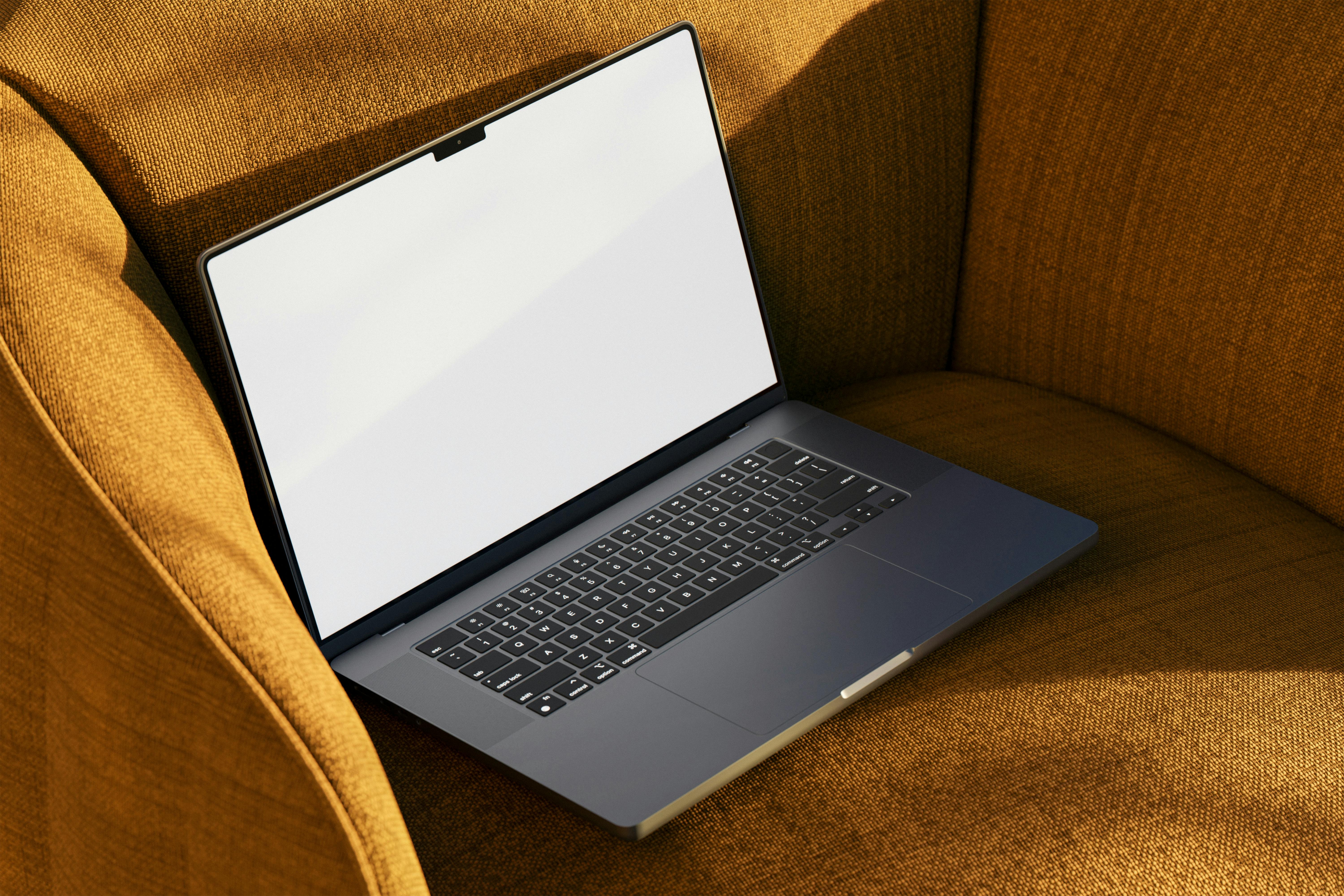5 Ways Doctors Share Test Results

In the fast-paced world of medical diagnostics, sharing test results efficiently and effectively is crucial for both patient care and doctor-patient relationships. With technological advancements, doctors now have multiple ways to communicate results, each with its own set of advantages and considerations. Here are five ways doctors share test results with their patients:
1. In-Person Consultations


- Traditional Approach: In-person discussions offer a personal touch, allowing for immediate questions, clarifications, and emotional support.
- Benefits: Fosters trust, can include physical examination, and allows for body language observation which can be critical for understanding patient reactions.
- Drawbacks: Time-consuming, requires scheduling, and not always possible in urgent or follow-up situations.
🏥 Note: This method is often preferred for complex diagnoses where empathy and patient understanding are crucial.
2. Telemedicine Consultations


- Virtual Connection: With the rise of telemedicine, doctors can now share results through video calls, offering convenience and accessibility.
- Benefits: Reduces travel time for patients, can be scheduled quickly, and provides real-time interaction.
- Drawbacks: Limited by technology access and privacy concerns; not suitable for physical examinations.
🔍 Note: Ensure a secure platform is used to maintain patient confidentiality during virtual consultations.
3. Secure Online Portals


- Digital Access: Many healthcare providers offer online portals where patients can access their test results anytime.
- Benefits: Immediate access, allows for asynchronous review, and provides a paperless solution.
- Drawbacks: Can lead to misunderstanding or anxiety if patients interpret results incorrectly without professional guidance.
💻 Note: While convenient, ensure patients understand how to interpret results or offer a means to ask questions.
4. Email Communications


- Electronic Delivery: Emails provide an easy and quick method to share results, often including attachments or links.
- Benefits: Allows for attachments, can be scheduled for future follow-up, and reduces the need for in-person or phone follow-ups.
- Drawbacks: Security concerns regarding sensitive health information, potential for miscommunication or missed emails.
📧 Note: Always use encrypted emails or secure communication platforms to protect patient privacy.
5. Phone Calls


- Direct Communication: Phone calls are a time-honored method, offering direct verbal explanation of results.
- Benefits: Immediate, personal, and does not require the patient to navigate technology.
- Drawbacks: Not suitable for sharing detailed visual information, and might disrupt both the doctor’s and patient’s schedules.
📞 Note: Ensure patient’s availability before making the call to maximize the effectiveness of the communication.
As technology continues to evolve, the ways in which doctors share test results will likely expand, offering more personalized, efficient, and secure options. While each method has its strengths, the key is to ensure that the delivery of test results aligns with the patient's needs, the nature of the information being shared, and the available resources of the healthcare provider. By selecting the most appropriate method, doctors can maintain a high level of patient care and trust.
How quickly should I expect to receive test results?

+
The time to receive test results can vary depending on the test type, the lab’s capacity, and the urgency of the results. Generally, routine tests might take a few days, while urgent or emergency results might be provided within hours. Your healthcare provider will inform you about the expected timeframe.
Can I discuss test results with my doctor before they are finalized?

+
Yes, if you feel the need for an early discussion, your doctor might provide preliminary insights, although these would be subject to change once the final results are available. Always consult your doctor for any pre-result concerns.
Are there times when test results can’t be shared electronically?

+
Yes, in cases of complex results or if the doctor believes a personal explanation is necessary for clarity or emotional support, electronic sharing might not be advisable. Additionally, if a patient does not have access to secure online platforms, other methods might be used.



